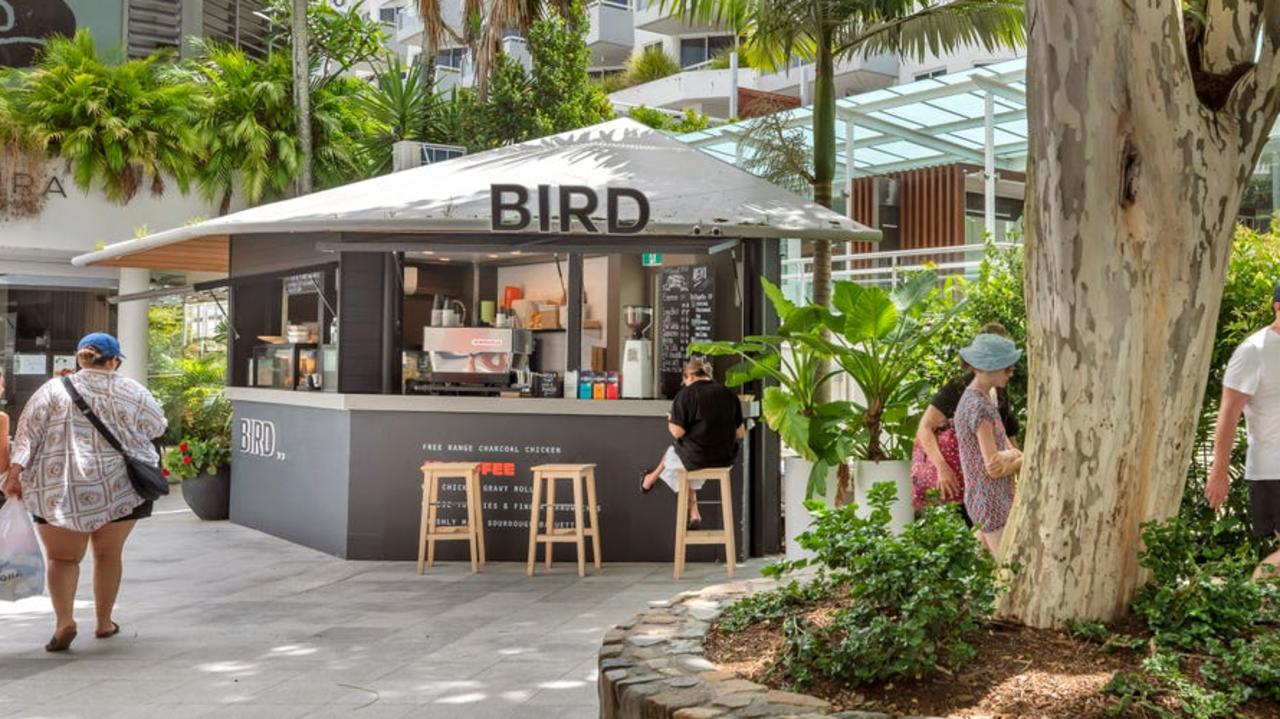Cannon-Brookes poised to win Sun Cable battle
Mike Cannon-Brookes is set to beat Andrew Forrest for the giant Sun Cable project, Australia’s biggest renewables development.

Business
Don't miss out on the headlines from Business. Followed categories will be added to My News.
Tech mogul Mike Cannon-Brookes is close to securing a deal to acquire Sun Cable, beating high profile rival Andrew Forrest for the visionary $35bn clean energy mega-project in northern Australia.
Both billionaires earlier this week submitted bids for Sun Cable, which was placed into voluntary administration in January after Dr Forrest and Mr Cannon-Brookes clashed over funding, management and strategy of the company.
Sources familiar with the sales process said the deal was close to completion – and while a final twist could still emerge – Mr Cannon-Brookes was on course to secure the renewable energy project, sources told The Australian.
Following the voluntary administration of Sun Cable, Mr Cannon-Brookes provided the venture with an interest-free loan of $65m to continue operations for six months. The funding arrangement led to suggestions that Mr Cannon-Brookes was in pole position for the renewable energy project.
A victory for Mr Cannon-Brookes would revive Sun Cable’s original business plan on exporting solar-generated electricity to Singapore via a near 5000km undersea cable to provide cheap electricity to Singapore.
Still, scepticism over the viability of the undersea cable continues to remain.
At 4200km, the link to Singapore would be more than five times bigger than the longest submarine link yet proposed – the 767km Viking link between the UK and Denmark, testing engineering capabilities and exposing the project to a sovereign risk as it flows near Indonesian territorial waters.
Sun Cable was expected to be funded through 2023 after raising $210m in a capital raise in March 2022, but it was forced to return to the market late last year – stoking frustrations between the billionaires.
While the original explanation for the split between the two high-profile business moguls was cited as budget and execution issues, a more fundamental divide has now emerged.
Mr Cannon-Brookes’ private investment arm Grok Ventures earlier this year accused Squadron of wanting to axe the export cable component in its entirety.
Sources back in January said Squadron wanted to recast Sun Cable’s marquee project, the Australia-Asia PowerLink, and make it a domestic-focused renewable generator with an eye on using supplies from the vast solar farm to prop up a future green hydrogen plant, which Squadron or Dr Forrest’s Fortescue Future Industries may look to develop in the Northern Territory.
A defeat for Dr Forrest will also be a blow to his green hydrogen ambitions. Green hydrogen is a major focus of Fortescue Future Industries, and the zero emission advocate had envisaged using Sun Cable to generate large quantities of renewable energy to power the manufacture of the fuel that is in great demand throughout Asia.
In April, Japan set a new ambitious target of boosting supplies of hydrogen to 12 million tonnes by 2040, from its previous goal of 2 million tonnes by 2030.
Dr Forrest earlier this year insisted he would not be too disappointed to lose out on Sun Cable, and his enterprise has rapidly increased its clean energy exposure.
The Sun Cable project plans to transmit 20 gigawatts of power from the world’s largest solar farm near Tennant Creek to Darwin via a 6.4GW, 800km overhead transmission line along with 36-42 gigawatt hours of battery storage.
Some 800MW of green electricity was to be provided for northern Australia from the Sun Cable plant in a bid to boost industrial activity in the region.
Squadron is thought to have raised issues over the technical and construction challenges involved in the cable, in addition to the cost, with the $30bn-plus price tag making it one of the world’s most expensive clean energy facilities under development.
Squadron, Dr Forrest’s private energy unit, is already set to become Australia’s largest renewable energy generator after snapping up CWP Renewables for $4bn in December last year.
The CWP deal will propel Squadron into Australia’s largest renewable player with a 2.4 gigawatt portfolio and a local development pipeline of 20GW.
Its portfolio will provide enough electricity to power 8.5 million homes, more than double the number of homes in NSW.
It pits the Forrest fortune up against the deep pockets of Canada’s Brookfield, the company behind an $18.7bn takeover offer for Origin Energy, and with a plan to install 14GW of new green generation over the next decade.
More Coverage
Originally published as Cannon-Brookes poised to win Sun Cable battle




